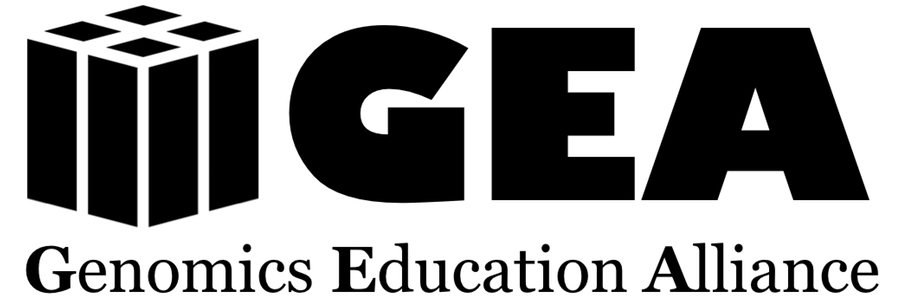Modular curriculum using genome browsers to understand eukaryotic gene function
Understanding Eukaryotic Genes
The Understanding Eukaryotic Genes" (UEG) curriculum consists of 6 modules that walk students through the fundamentals of eukaryotic gene structure and expression using the UCSC genome browser as a visualization tool and the Drosophila melanogaster tra gene as an example. This curriculum is appropriate for introductory students, and requires computers and Internet access. Students can work through the modules independently or in small groups. Each module builds on concepts and skills learned in the previous module.
- Module 1: Introduction to the Genome Browser: What is a Gene?
- Module 2: Transcription Part I: From DNA Sequence to Transcription Unit
- Module 3: Transcription, Part II: What Happens to the Initial Transcript Made by RNA pol II?
- Module 4: Removal of Introns from pre-mRNA by Splicing
- Module 5: The Need for an Open Reading Frame
- Module 6: Alternative Splicing
- Glossary of Terms
Summary
Module 1: Introduction to the Genome Browser: What is a Gene?
This module introduces students to the UCSC Genome Browser. After completing this module students will be able to navigate to a genomic region and to control the display setting for different evidence tracks. Additionally, students will be able to explain the relationships among DNA, pre-mRNA, and protein.
Module 2: Transcription Part I: From DNA Sequence to Transcription Unit
This module illustrates how a primary transcript (pre-mRNA) is synthesized using a DNA molecule as the template. After completing this module students will be able to explain the importance of the 5' and 3' regions of the gene for initiation and termination of transcription by RNA polymerase II, and identify the beginning and end of a transcript using the capabilities of the genome browser (RNA-Seq, Short Match)
Module 3: Transcription, Part II: What Happens to the Initial Transcript Made by RNA pol II?
This module demonstrates how the transcript generated by RNA polymerase II (the pre-mRNA) is processed to become mature mRNA using the sequence signals identified in Module 2. After completing this module students will be able to use the genome browser to explain the relationships among pre-mRNA, 5' capping, 3' polyadenylation, splicing, and mRNA.
Module 4: Removal of Introns from pre-mRNA by Splicing
This module uses mRNA data to identify splice sites. After completing this module students will be able to identify intron-exon boundaries using canonical splice donor and acceptor sequences and determine which are best supported by RNA-Seq and TopHat splice junction predictions.
Module 5: The Need for an Open Reading Frame
In this module students will learn how mRNA is translated into a string of amino acids. After completing this module students will be able to determine the codons for specific amino acids as well as start and stop codons. They will be able to identify open reading frames for a given gene, define the phases of splice donor and acceptor sites and describe how they impact the maintenance of the open reading frame.
Module 6: Alternative Splicing
This module explores how multiple different mRNAs and polypeptides can be encoded by the same gene. After completing this module students will be able to explain how alternative splicing of a gene can lead to different mRNAs and illustrate how alternative splicing can lead to the production of different polypeptides and result in drastic changes in phenotype.
